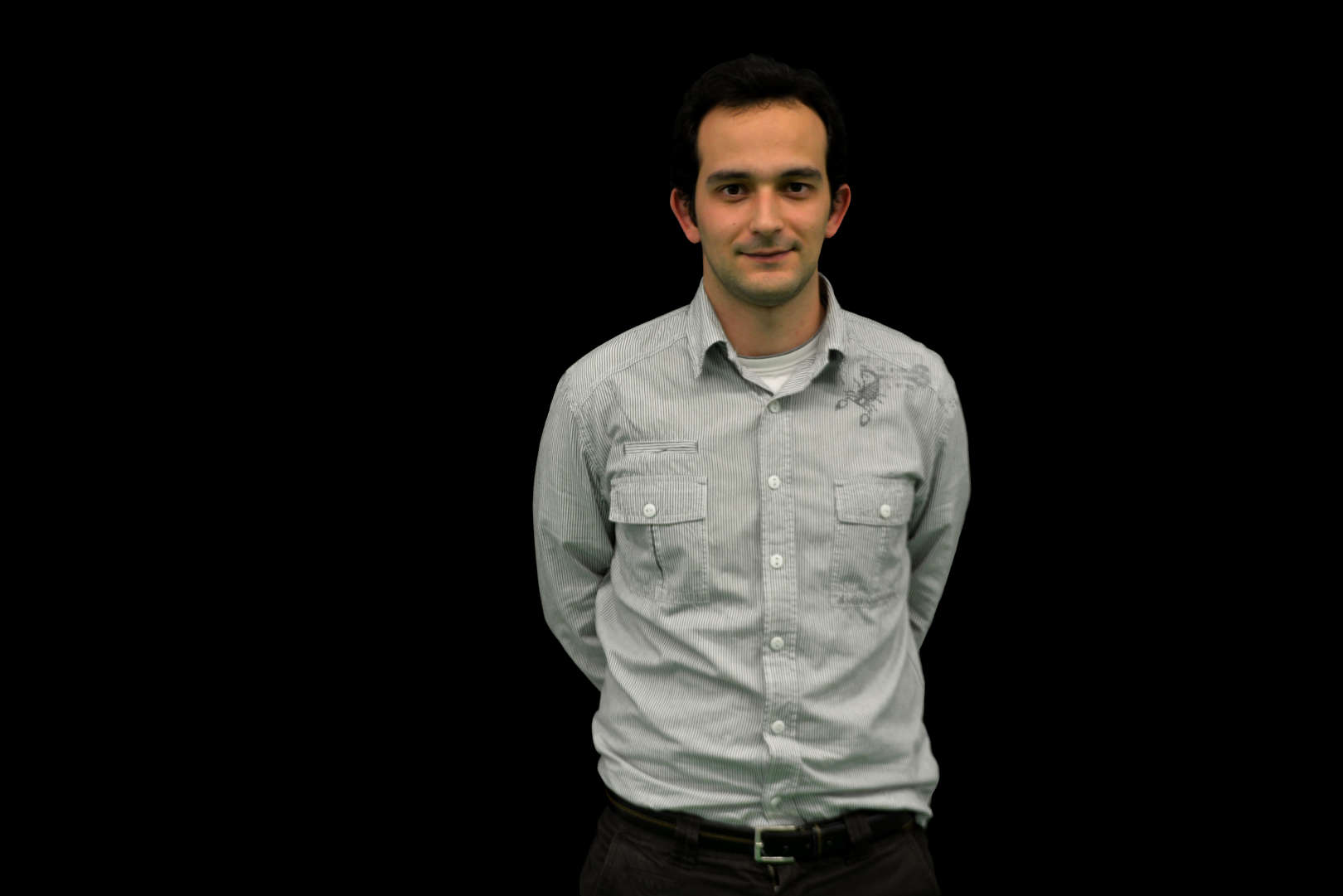Sobre
Andry Maykol Pinto concluiu o Programa de Doutoramento em Engenharia Electrotécnica e de Computadores com tese relacionada com Robótica, pela Faculdade de Engenharia da Universidade do Porto, em 2014. Na mesma instituição, obteve o Mestrado em Engenharia Electrotécnica e de Computadores em 2010. Actualmente, trabalha como Investigador Sénior no Centro de Robótica e Sistemas Autónomos do INESC TEC e como Professor Auxiliar na Faculdade de Engenharia da Universidade do Porto.
Ele é o Investigador Principal de muitos projetos de investigação relacionados com soluções robóticas para O&M, e financiados por fundos nacionais e europeus. Lidera uma equipa com mais de 15 investigadores e coordena um projeto ICT/H2020 na área da robótica marítima e a sua investigação tem inúmeras publicações nas revistas de maior impacto em áreas relacionadas com visão computacional, robótica móvel, sistemas autónomos, percepção multidimensional, fusão de sensores e visão subaquática.


